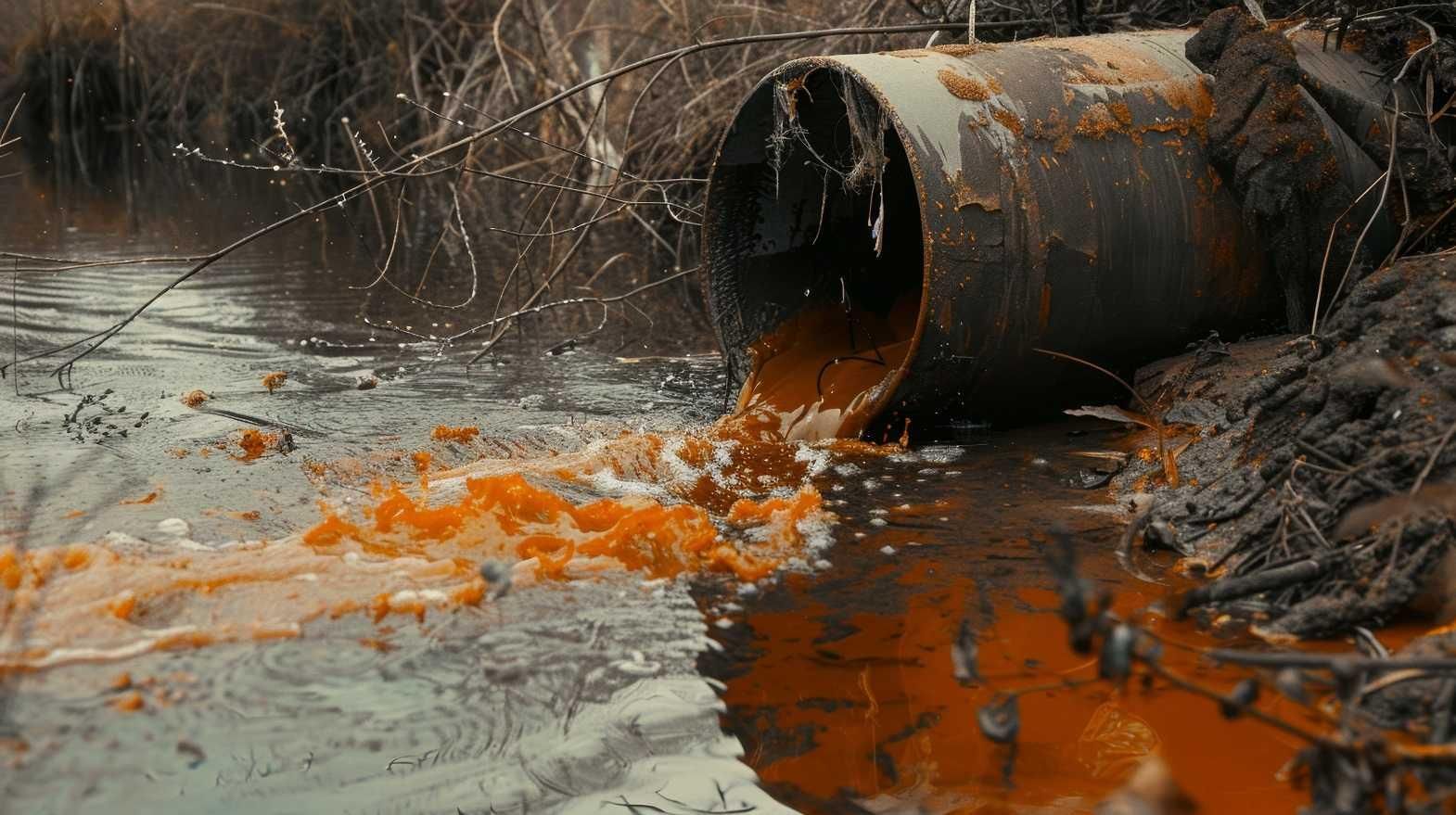Textile manufacturing processes consume a large amount of water along with fuel and various chemicals. By using the raw materials in various stages of different processes, it generates various dangerous wastes in air, water, and soil. Textile processes give away various kinds of wastes in liquid, gaseous, or solid forms. The nature of the waste depends upon the types of processes, chemicals, fibers, and technologies used. Some of them are very harmful to the environment.
The fashion industry plays a prominent role in waste generation as more importance is given to the types of fabric, color combination, and patterns. This increases the load and quantity of the waste due to the various chemicals and processes involved. The key environmental hazard is caused when untreated wastewater is released. Another equally important role is of polluted air emission, too much noise, foul smell, and improper safety measures in the factories.
It is noted that gaseous emissions from the textile industries are the second biggest cause of pollution in the world. There are many assumptions regarding the amount and types of air emissions from the textile operations but it is very difficult to sample test or extract the type and amount of air pollution caused due to textile processes. The major cause of air pollution in textile operations is because of releasing carbon dioxide, aerosol fumes, poisonous gases, and VOC's (volatile organic compounds) in the form of visible and invisible smoke and above all the intolerable smell.
Moreover, there are other sources of air pollution through processes like printing, dyeing, fabric preparation, and wastewater treatment plants. The drying operation emits hydrocarbons whereas formaldehyde, acids, softeners, and other explosive mixtures are given out from mineral oil drying and curing at high-temperature processes. The two main harmful emissions are acetic acid and formaldehyde in textile operations. These poisonous gases cause harm to humans as well as animals and damage the natural atmosphere.
industries. Waste water from printing and dyeing have high color, the remains of reactive dyes, high amount of complex chemicals, many sprays, highly concentrated COD (chemical oxygen demand) and BOD (biochemical oxygen demand).
The creatures in the water need light to grow. Due to high COD and BOD levels the water is badly polluted and high color restricts the light into the water which creates an imbalance in the ecosystem. Many methods have been developed in last several decades to treat the textile dyeing waste water. These methods are economical and very effective in treating the textile waste water.
According to the Annual Statistic Report on Environment in China released in 2010, 2.5 billion cubic meters of sewage is given out by the textile industry placing it in third position among the 39 industries examined. Although China has cut down the textile factories, these industries continue to create environmental challenges for the country. In 2011, the State Council launched rules to control the COD and ammonia nitrogen levels. It further made a detailed plan to reduce the COD levels by 10% and ammonia nitrogen level by 12% and achieve this target before 2015.
China has nearly 50,000 textile factories and a worst victim of textile pollution. The Detox Campaign is aiming at Chinese manufacturers. China is going to bring up a law that each industry is responsible for its waste water. Adidas has closed its last factory in China and many leading brands are following their steps. Cleaner production is an appropriate method to control the environmental problems. After implementing this method in some textile segments, it has shown noteworthy environmental improvements.
These improvements have been achieved with comparatively less cost and proper implementation of the cleaner production approach. With improved quality and low production cost the brands can compete globally. Moreover, it gives a boost to the brands goodwill for taking steps to protect the environment. Hence, it is very important that textile industries are developed with comprehensive pollution control measures.
With an axe hanging over the head, many countries have come up with guidelines for the textile industries and following them will ensure a better environment worldwide. Every industry should have treatment plants to treat the waste water and not dispose it in river or any water body. The toxins need to be disposed of through closed means so that it is not discharged on land. The factories need to adopt such processes and plant modifications so that waste is minimized and save water, energy and fuel.
For preserving the environment, the industries must plant trees at least in 33% of the land on which the industry is based. There should be minimum two rows of tall trees
around the area. There are number of dyes, acid and chemicals banned because they contain carcinogen or are highly toxic. Many countries are bringing up stringent rules for the industries to opt for alternative dyes/chemicals rather than using the banned ones.
Environmental pollution is a global issue and the world will have to face the worst in future if it is not controlled. It is the duty of everyone to preserve the natural resources. With still time in our hands every global institution, governments, local bodies should take optimum steps to curb pollution and balance the environment.
References:
1. Oecotextiles.wordpress.com
2. Chinadaily.com.cn
3. Indiantextilejournal.com
4. Indiaenvironmentportal.org.in








Comments